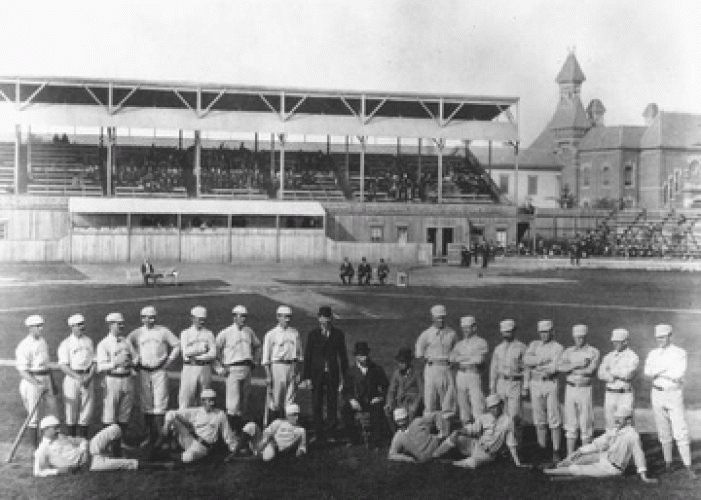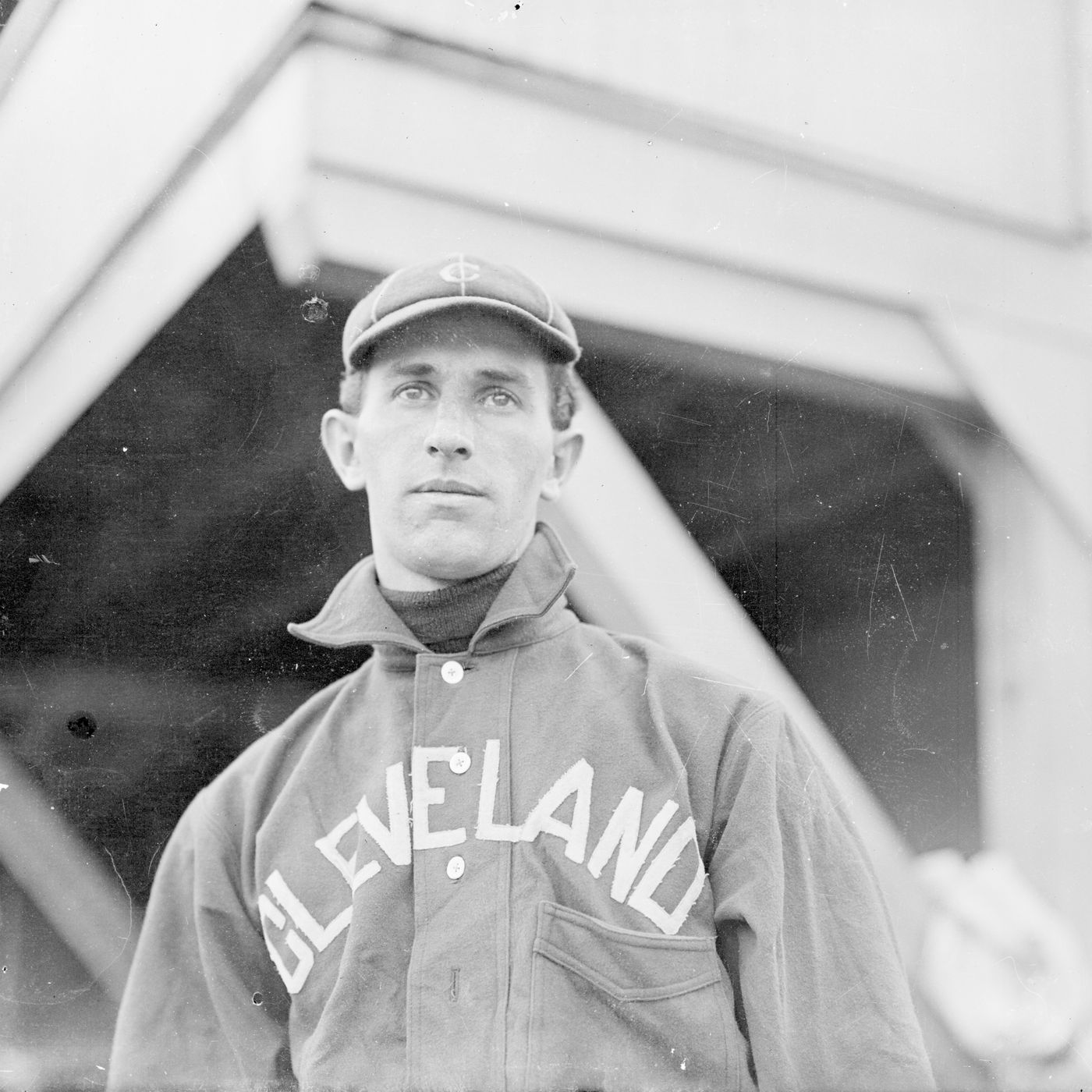Major League Baseball Season Recap: 1879
League Champion: Providence Grays
1879 was a crucial year for the National League. After enduring yet another multiple franchise loss (Indianapolis and Milwaukee), Hulbert acted decisively to stabilize the league and destabilize its chief rival (not in the sense of a competing major league, but rather a different way to organize professional clubs), the International Association, by expanding to eight teams. The biggest coup was pilfering the IA of its top two teams in 1878, Buffalo and Syracuse. Also added were Troy, the strongest club in the New York State Association, and Cleveland, a respectable independent club (32-20 in 1878) that had the added bonus of represented a sizeable city. With three of the additions being in the east, the NL re-established itself as a national circuit rather than a predominately midwestern one (although it remained on the outside looking in of major eastern cities like New York and Philadelphia).
With the larger configuration, the schedule was expanded from 60 games to 84, which also allowed NL clubs to be less reliant on exhibitions with non-league teams for revenue. David Nemec cites this season as the one in which playing in the National League gained a special status, a “major league” feel, due largely to these changes.
The playing rules got their customary annual tweak. The Spalding ball, manufactured of course by Al Spalding, became the official league ball. Fouls had to be caught on the fly, rather than on the first bound, and pitchers could now be fined for intentionally hitting batters (although the batter did not yet earn first base for his trouble). The width of the pitcher’s box was reduced from six feet to four, pitchers could not turn their back completely during a delivery, and every bad pitch was called a ball, rather than every third. Since the number of balls needed for a walk went to nine rather than three, this rule did not affect the game, but it brought practice closer to modern standards. The first batter in the next inning was now the next batter in the order who had not completed a plate appearance, rather than the one that followed the last man retired. Finally, batters were now automatically out if the catcher made a clean catch on strike three. This encouraged catchers to play closer to the plate.
The disappointing Chicago White Stockings looked as if they would get redemption; they got off to a 6-0 start and led the race into August. At that point, though, their new manager and star Cap Anson was sidelined by a liver illness, and Chicago fell out of the race, leaving it to natural rivals Boston and Providence. Providence was now skippered by George Wright, who was not on the same outfit with brother Harry for the first time in at least a decade.
The schedule set up perfectly, as the two teams were set to play the final six games of the season head-to-head starting on September 23. The Grays entered the series with a three game lead over the Red Caps, so Boston would need to take five to capture their third straight pennant. They got the first game 7-3, but game two on the 25th and game three the next day went to the Grays, 15-4 and 7-6. Providence would win two of the remaining three games for a victorious margin of five.
Only Syracuse left the league at the end of the season, making for the most stable off-season in terms of franchise intrigue yet.







